
From the London borough of Hackney and Barcelona in Spain, to Freetown in Sierra Leone, increasing the number of trees in cities has been shown to be an important, low-cost, and rapid way to cut pollution, improve health and well-being, and make cities less vulnerable to extreme weather.
Barcelona’s Trees for Life Master Plan is making good progress towards its goal of covering 30% of the city with trees by 2037, prioritising citizen engagement to help shape the project. And in Hackney, London, former Hackney councillor Jon Burke, who now advises cities on decarbonisation and climate change adaptation, oversaw an increase in the street ten-year canopy cover from 21% to 32% in the space of two years as part of the street tree programme. This was the largest urban canopy expansion a UK local authority has ever achieved.
In the very different setting of Sierra Leone’s capital, Freetown, the #FreetownTheTreeTown campaign has successfully combined the powers of modern technology with local citizens’ knowledge to plant and grow a million trees by the end of 2022, increasing the city’s vegetation cover by around 50%.

Cities are on the frontline of twin crises: climate and air pollution. Many of the effects of climate change that are being felt around the world, such as extreme heat and flash flooding, are felt most strongly in cities—especially amongst the most vulnerable communities. This happens because of the ‘heat island’ effect caused by many artificial hard surfaces, and due to the lack of natural ways for rainwater to soak away. During a heatwave in 2003, mortality rates shot up by 142% in the city of Paris compared to the summer average.
As densely populated places, home to 4.4 billion people worldwide, cities are also struggling to deal with pernicious issues like air pollution, which impacts 2.5 billion people globally and led to 1.8 million excess deaths across cities in 2019. A more recent estimate puts the annual number of deaths due to air pollution from burning fossil fuels at over 8 million. Long-term exposure to air pollution can cause a wide range of health problems and medical conditions, from heart disease to a higher chance of getting dementia.
Despite the many issues blighting modern cities, urban tree planting appears to be a perfect part of the antidote. In terms of rapid transition, increasing canopy cover in cities is an easy and low-cost climate win-win. But it’s important to get it right in the first place, and that means engaging communities, empowering citizens, and considering factors such as species diversity, well adapted native varieties, and urban biodiversity.
When it comes to human-induced climate change, cities are both a prime source of the problem and an indispensable solution. Home to half the world’s population, cities produce around 75% of the world’s greenhouse gas emissions and 80% of global GDP. Cities’ density and resource-intensity are only set to rise in the coming decades. By 2050, up to 80% of humanity could be living in cities, with roughly 40 million people moving to them every year. Climate change and urbanisation could accelerate hand-in-hand without drastic intervention.
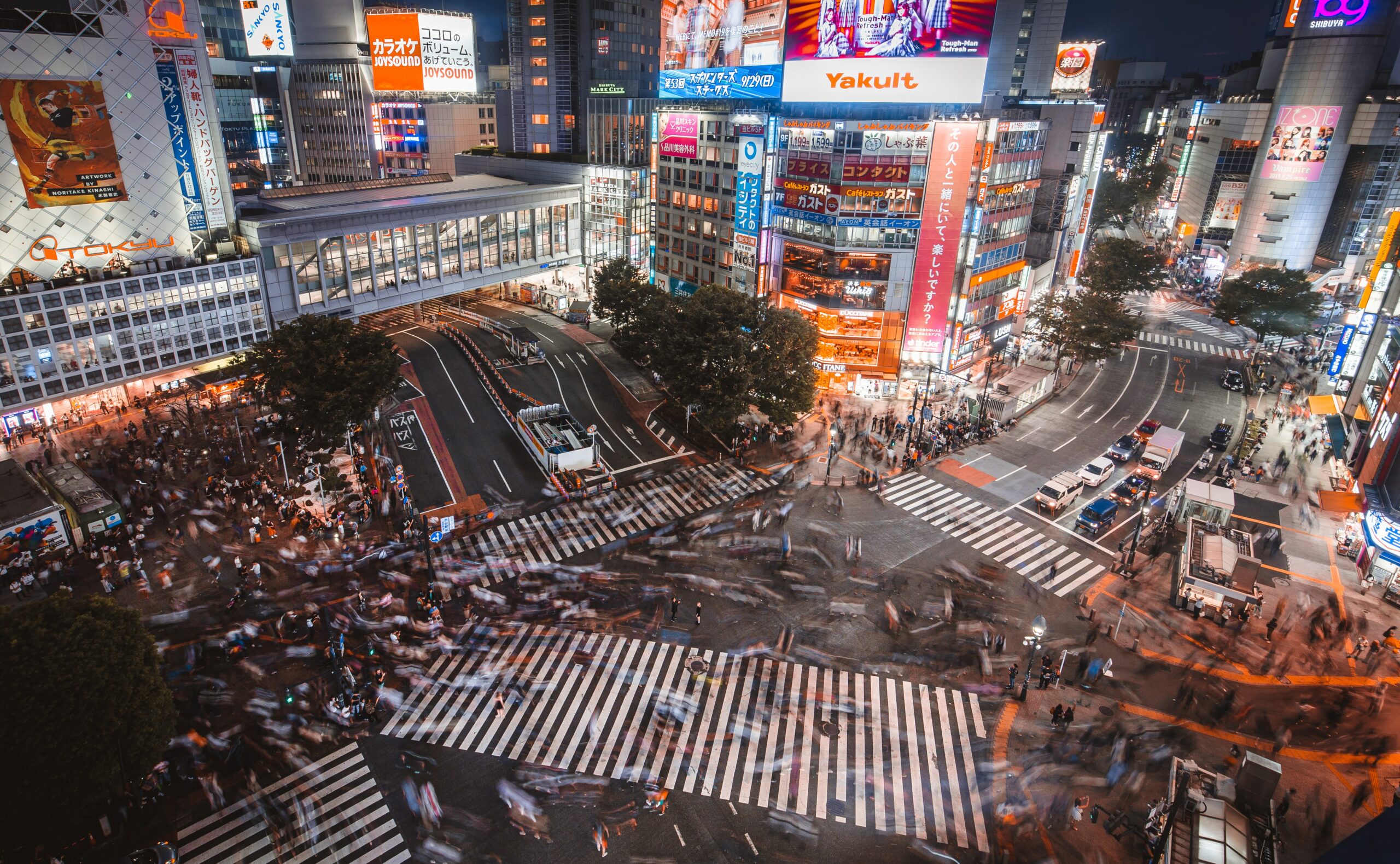
Promisingly, though, 25 of the world’s cities account for 52% of total annual urban greenhouse gas emissions. This means that deep and far-reaching decarbonisation, targeted across a number of cities, could have a dramatic impact on cumulative global emissions and future warming trajectories. Cities are key to deciding humanity’s future.
As hubs for both human life and economic activity, cities are at greater risk of facing disturbances and disruptions at the hands of climate change. Due to their proximity to coastal areas, many of the world’s largest cities will find themselves threatened by sea-level rise. By 2050, one-third of the Thai capital, Bangkok, could be permanently submerged.
Around the world, cities face a much higher probability of experiencing extreme weather events that, depending on their locations, will bring violent storms, severe drought, freak snowfall, water shortages, more wildfires and gruelling, lethal heat waves. As with many of the other cruelties of climate change, the brunt of these impacts will fall on the most vulnerable and marginalised citizens: the poor, the elderly, minorities, and those who lack the means to adapt. In the tropical city of Jakarta, where citizens battle heat and humidity today, the rate of excess deaths among elderly urban citizens will increase by up to 15 times by 2050 under a high-emissions scenario.
While many cities are leading in progressive approaches to decarbonising transport, kicking out cars and increasing clean energy generation, they cannot adapt quick enough to the changing climate. One study looking at over 570 cities across Europe concluded that they will face an entirely new climate within the next 30 years, punctuated by more heat, drought and flooding.
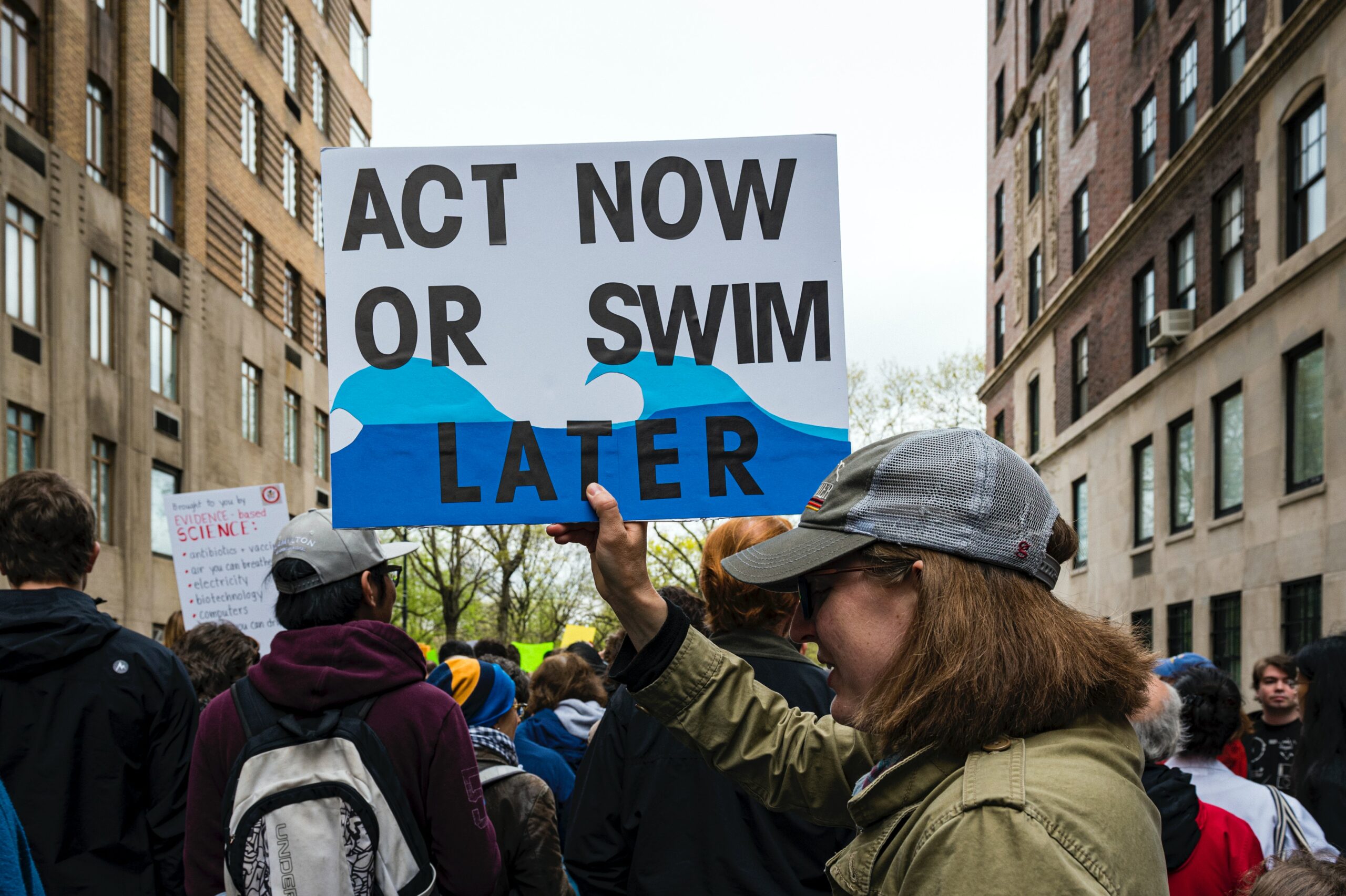
By their nature, urban infrastructures are unwieldy, inert, and built for a climate that no longer exists. Research suggests that updating urban infrastructure can be done at an adaptation rate of 3% per year. In a similar vein, the European Commission predicted that it would take a minimum of 50 years to revamp buildings so they are fit for purpose in a warmer world. Given the protracted processes and lengthy lead-up times, it is essential to capture, accelerate, and scale up climate solutions like increasing urban tree cover that can deliver adaptation, resilience, and a range of co-benefits at pace, while simultaneously decarbonising transport, energy, and the built environment. Urban trees alone are no silver bullet, but they are a remarkably generous gift of nature that can make urban life more tolerable and pleasant.
Trees have never been strangers to cities and have long played a part in the process of urbanisation around the globe, from inspiring the first columns in Roman cities to helping clean up existing metropolises, like New York’s Central Park. Street trees were a common sight during the reign of the Tang Dynasty in China from 618 to 907 AD and were relatively ubiquitous in the 15th century cities in Italy, France, Germany, and the UK. The city of Curitiba in Brazil was planned around its nature and ecology.
Yet the role of trees, and more specifically, street trees, in helping cities adapt to the climate and environmental crises is a more recent phenomenon. And that’s because our understanding of their functions as part of diverse urban ecosystems is improving week on week as the impacts of climate change become ever more apparent.
Urban trees are a thing of magic. A study conducted in Manchester, UK, found that street trees reduced surface temperatures by an average of 12C. In some contexts, this would be the difference between life and death. Street trees are perhaps the most energy-efficient urban cooling devices we currently have, with one US-based study showing that a single healthy street tree produces the same atmospheric cooling effect as around five room-sized air conditioning units operating for 20 hours a day. But the quality of cooling generated by trees is far superior to its mechanical counterparts because the leaves of trees transpire and evaporate water vapour, which reduces humidity and cools air temperatures. Urban trees are also shown to reduce nighttime temperatures in cities by reducing the amount of solar radiation absorbed at ground level.
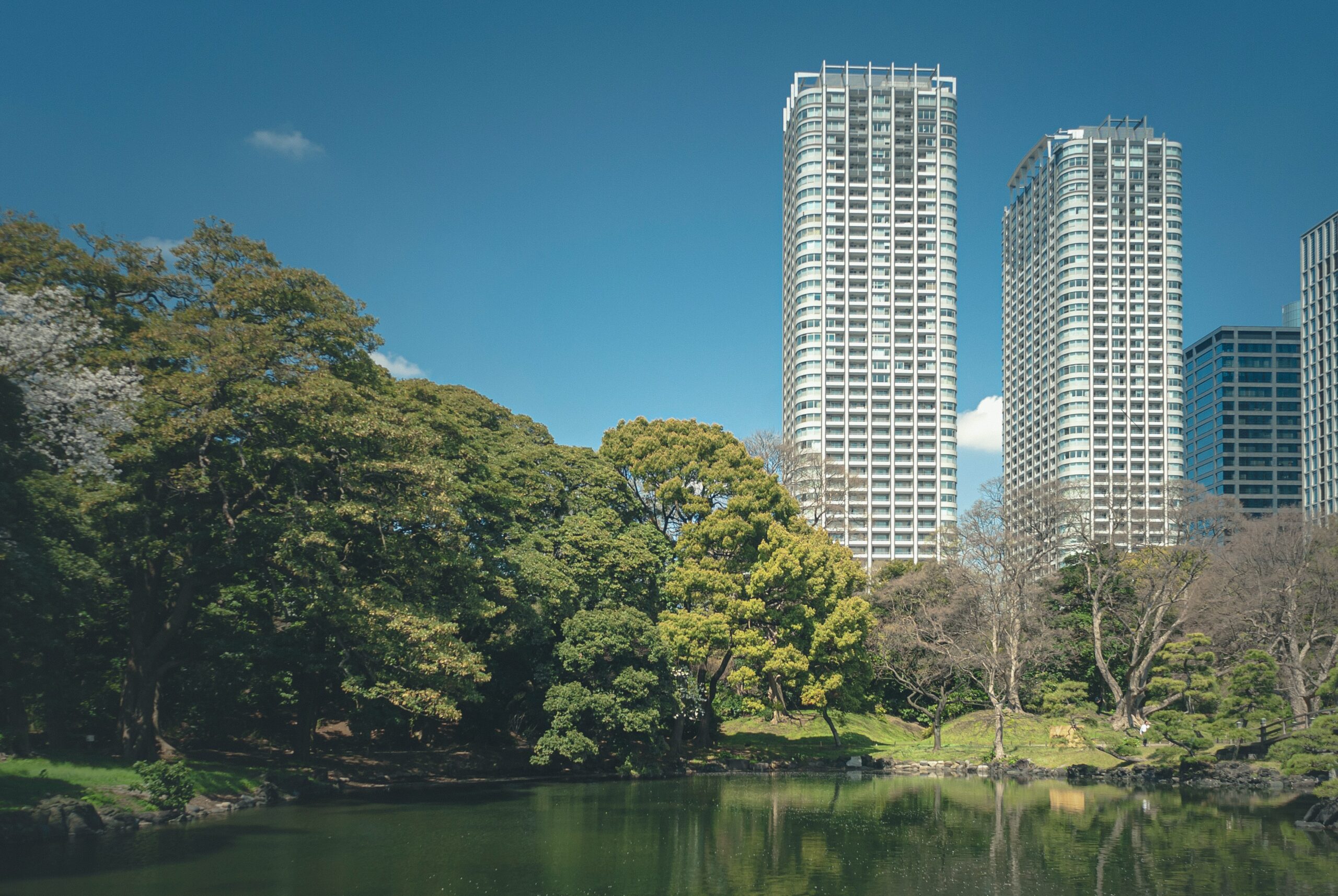
Trees also tackle another urban blight: air pollution. By intercepting and absorbing pollutants at street level, urban trees help withdraw particulate matter (PM), nitrogen dioxide, sulphur dioxide and carbon monoxide. PM is a dangerous affliction for urban populations, linked with exacerbating respiratory illnesses, heart disease, and inflammation. Global estimates for deaths associated with long-term exposure to PM outdoors could be in the region of 8.9 million a year. Prolonged exposure for children is particularly worrying, as it is proven to impact neurodevelopmental and cognitive ability, can trigger asthma and also increase the risk of developing disease in adulthood. The social impacts of this are severe: air pollution in cities can shape the life chances of young children. By reducing surface temperatures, street trees can also reduce the risk of ozone pollution peaking, which is much more likely on hot days.
Flash flooding from heavy rainfall, which is becoming more frequent and severe due to climate change, can be somewhat ameliorated with urban trees. Cities are built on concrete, tarmac, and other impervious surfaces that not only create heat islands, but cause rainwater to run off rather than soak into the soil. Urban trees can curtail the intensity of rainwater runoff by slowing rainfall through canopy cover, holding water in their leaves that evaporates into the air, and providing soil and roots that can soak up rainfall. Researchers in Canada found that urban trees could intercept between 50% and 60% of rainfall, greatly reducing the risk of flooding and the subsequent cost of cleaning up flood damage.
There are some even more surprising benefits of urban trees that can help boost local economies and save public spending. A 2015 study on crime in a city in the state of Connecticut, USA, found that greater tree canopy cover was associated with lower rates of violent crime and property crime. This study suggests that for every ten percent increase in canopy cover, violent crime drops by 15% and crime towards property falls by 14%. Trees are not usually known for their crime fighting powers. Access to and even just the sight of urban nature has immediate and measurable health and well-being benefits. The past few years have seen an explosion of research finding concrete links between increased exposure to nature and not just improved physical health but better mental health as well.
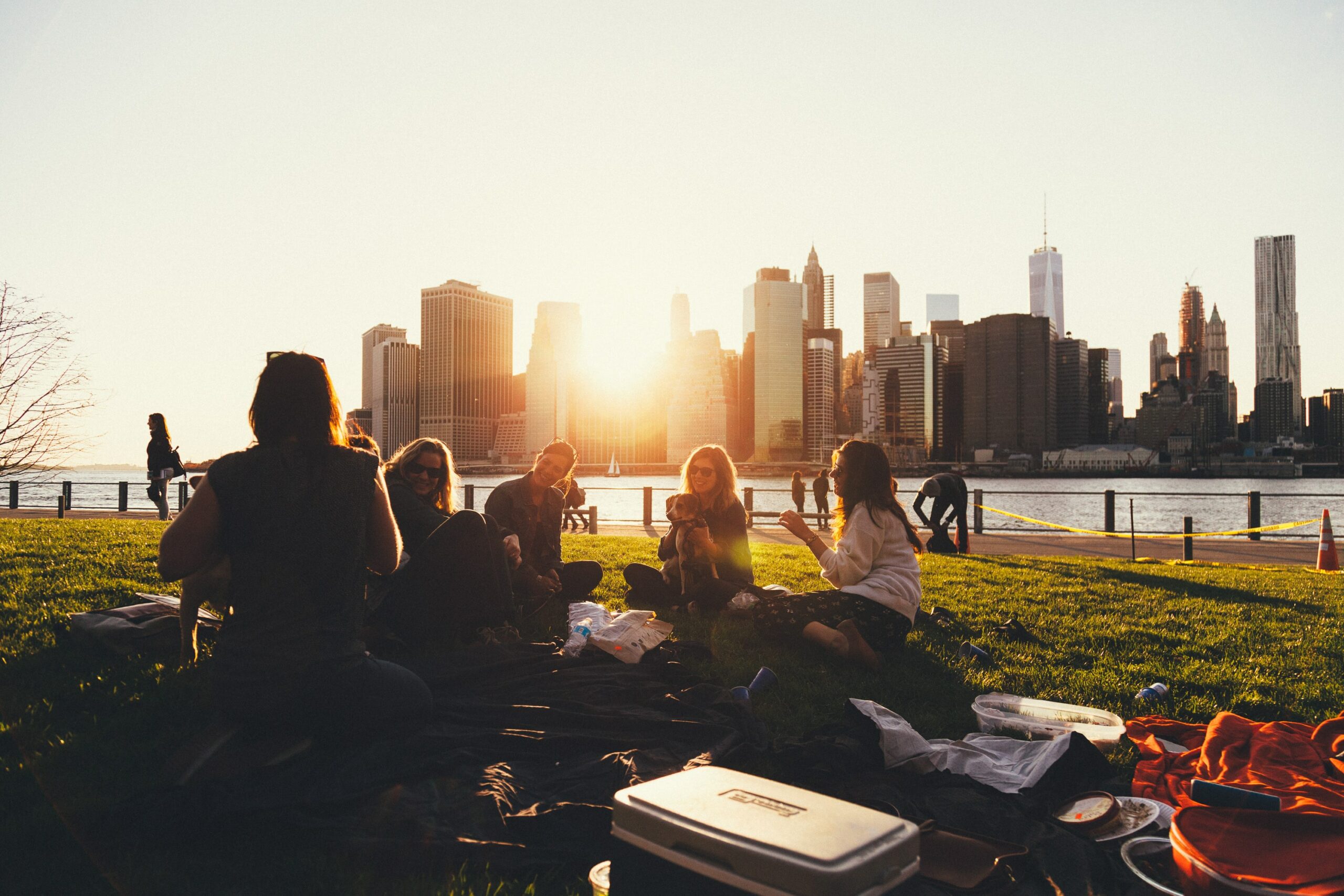
So, trees make us feel good too. Urban vegetation has been scientifically shown to improve physical, mental, and social wellbeing. A recent study found that a high number of street trees close to the home is associated with lower levels of antidepressant prescriptions in the local area, even when controlling for factors such as deprivation. Trees help non-human lifeforms too. Studies show a direct correlation between tree species richness within cities and a high diversity of bird species in the area.
But for the benefits of trees to really stack up, scale is key. In cities, canopy cover needs to be at around 40% before citizens begin to feel the cooling benefits, but ideally it should be higher as this is when higher marginal returns kick-in. As Jon Burke points out, if you hit 45% canopy cover, the surface temperatures will fall even further. Also important is the diversity of urban tree species. A 2022 study exploring urban trees in Westminster, London, found that a higher diversity of tree species resulted in reduced vulnerability and susceptibility to pests and disease. For this reason, it is critical to learn from the successes of street tree programmes in order to implement similar strategies in other cities to achieve both scale and diversity.
Engaging local people in decision-making processes is a prerequisite for successful policy implementation, but it must be combined with evidence-led policy and action. Street trees are no different.
By bringing together experts, such as trained arborists, and local citizens, schemes that work for the community will flourish. Implementing street trees can be quite a technical endeavour, so citizen growers may not be well suited. But that isn’t to say that engaging and involving citizens doesn’t work; it does. The Trees for Cities programme shows that by engaging citizens in tree planting and green infrastructure schemes, diverse communities and demographics can be engaged, creating citizen ambassadors for wider green infrastructure pushes. Urban tree planting programmes may provide a useful conduit for engaging with constituencies that the mainstream climate movement has failed to reach.
Barcelona’s Trees for Life programme has an onus on engaging local citizens in the process of designating and designing urban green spaces. This process of co-creation initially brings together local residents and district representatives to identify the needs of the surrounding community and how street trees and green spaces can help meet them. There is also a dedicated workstream to communicate the benefits of street trees to the population of Barcelona as a way of improving public participation. The strategy also has the ambitious goal of ensuring that all primary school children can identify the trees in their neighbourhood. Improving the relationship between urban populations and trees will lead to more trees, as the closer people live to green spaces, the more inclined they are to support green infrastructure and climate policy.
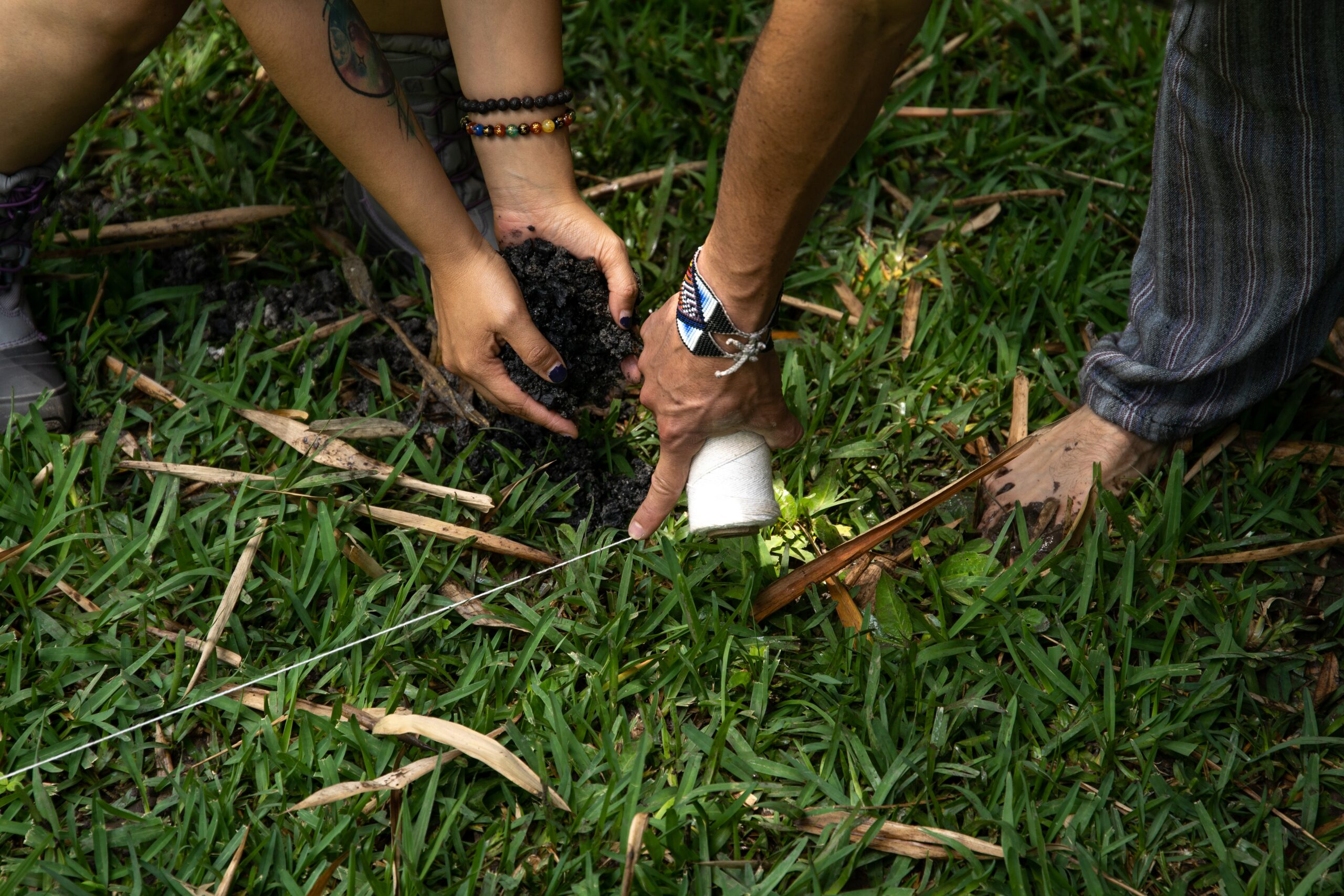
Climate action needs real leadership to flourish. Behind every urban tree planting success around the world are determined and tenacious local politicians that understand the scale and severity of the climate crisis, as well as how local action can trigger big changes. And this needn’t be about lecturing communities in a paternalistic manner. As the former Hackney councillor, Jon Burke, reflects, “it is about putting the structures in place to allow society to flourish.”
Erecting structures requires funds – and local ambition needs to be backed by resources from central governments. Given the strategic importance of green infrastructure and how it directly links to things like increased rainfall patterns, leadership and guidance should emanate from the national level. This could take the form of urban tree mandates, where local authorities have their funding matched or doubled to scale up their canopy cover with minimum quotas needing to be met. What’s vital, however, is that national leadership actually leads to action – green infrastructure and street trees should not be an excuse for yet another select committee.
Backing local leaders with national resources could also tackle inequality. In cities, vulnerable and marginalised communities are much more likely to live in areas with limited or no green space. Urban tree planting could therefore be a platform to help the vulnerable and marginalised become more resilient in the face of extreme weather by bringing free cooling to their neighbourhoods. This is exactly what happened in Hackney, where after mapping the street trees of the borough, tree planting began in the poorest neighbourhoods.
The co-benefits of trees are as extensive as they are empirically proven. But communicating these co-benefits and monitoring their effects on urban populations is an essential part of scaling urban tree programmes across contexts and countries. Doing this requires effective advocacy that can snowball. Conversely, the failure to do so can see trees devalued, and even removed as a result of crude cost-cutting by outsourced street maintenance firms – a short-sighted form of urban self-harming.
Open data and cross-council collaboration can dramatically improve how co-benefits are communicated. Across the UK already, many local authorities capture data on trees on systems such as Ezytreev and Confirm, but very few are openly sharing this data across local government authorities or using it as a way of stimulating competition between councils.
What’s more, data should be used to develop alternative ways of measuring the value of trees. For example, metrics on how urban trees help local businesses or how they improve learning environments for children. Local communities are much more likely to grasp the value of trees by demonstrating how they improve their lives and livelihoods.
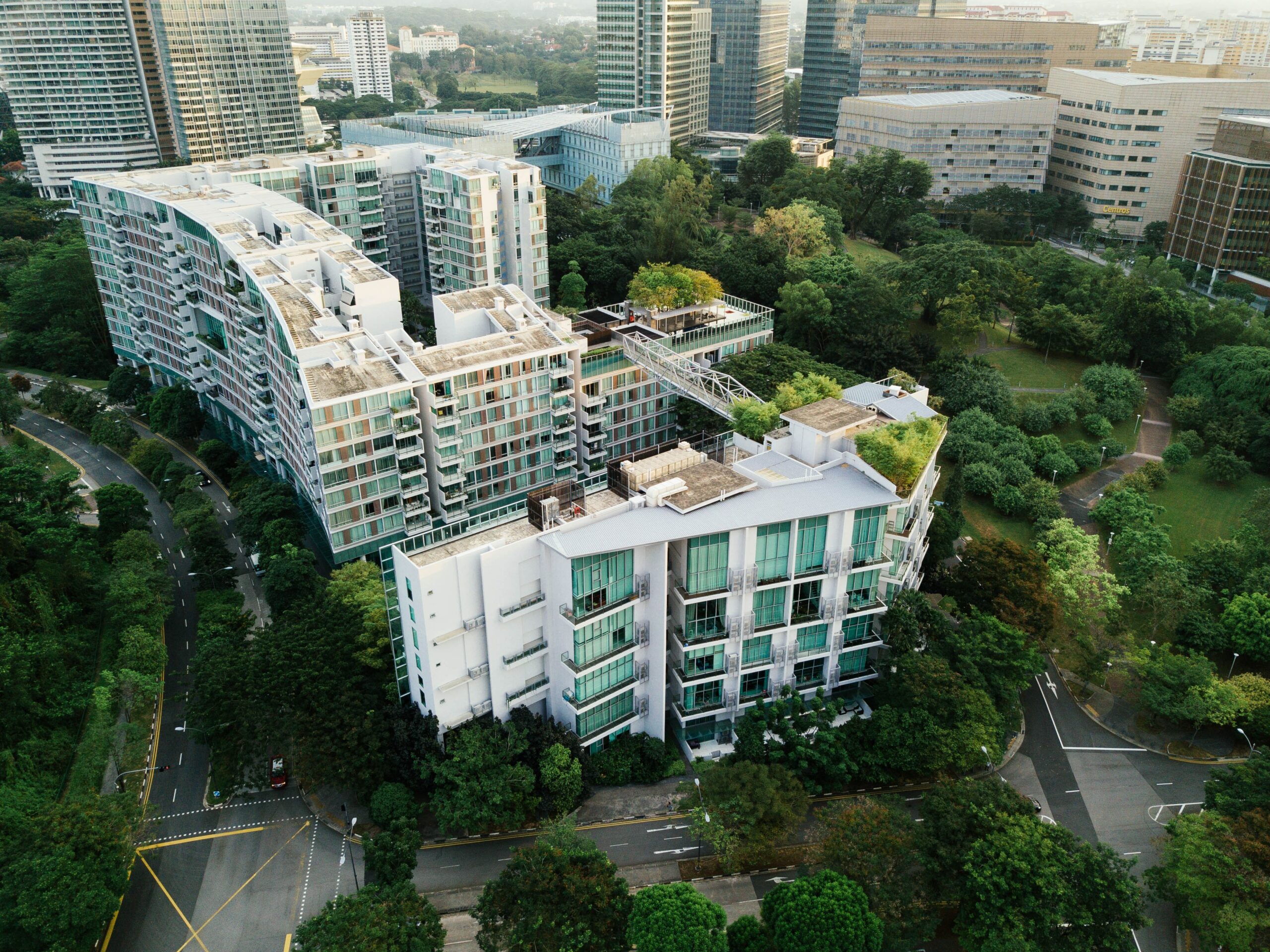
It also requires including the co-benefits of urban trees into local councils’ and authorities’ asset and risk management frameworks. Trees are often included, but as an ongoing operational and maintenance cost, rather than incorporating the role trees play in flood prevention and microclimate regulation, which helps cut costs elsewhere. But the cost-saving benefits of trees need to be stressed to local communities, especially given that council budgets will likely face further cuts to public spending and other demands from citizens.